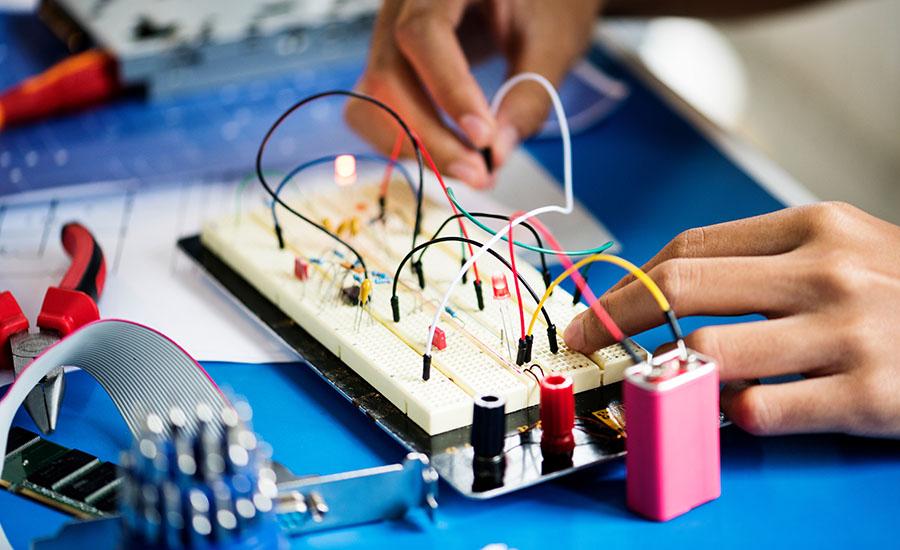
Deriving Ohm’s Law (Revised)
In this lesson, students use a pHet simulation to derive Ohm's law. Students will be able to describe Ohm’s law with a formula and through written expression.
Lesson Plan Link/URL
https://docs.google.com/presentation/d/1NtDeaaGt9S5hbfNfB4MiaiOCtXPakbum/edit?u…Subject Area
Science Physical Science P4: Energy Transfer Engineering S4: Apply Science to EngineeringRelated Content

This lesson is intended to be the second lesson within a series. After the first lesson, exploring the transfer of power within a system, Students utilize this lesson, lesson 2, to explain how and

Part one of a four part project exploring the movement of the brain upon impact in everyday activities. This lesson uses Pocketlab Voyager sensors to analyze brain movement in high impact activities

In this high school science/engineering lesson on exploring cracked steel, students will delve into the concept of cracked steel and its impact on structural integrity. They will define composites and